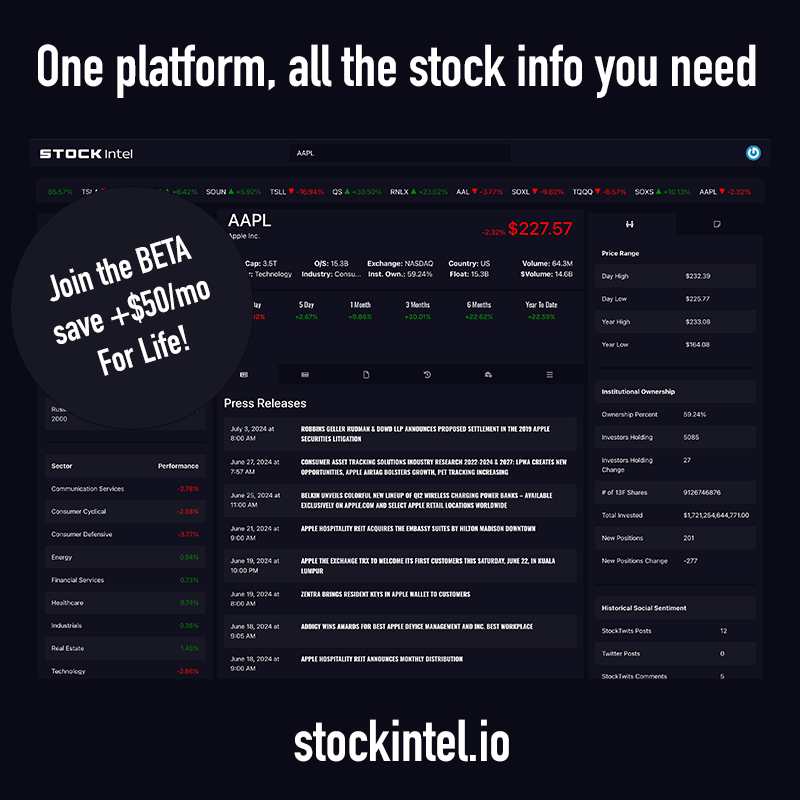The Russell 1000 Index is a stock market index that measures the performance of the 1,000 largest publicly traded companies in the United States. These companies are selected based on their market capitalization and are part of the larger Russell 3000 Index, which includes 3,000 of the largest U.S. stocks, representing about 98% of the U.S. equity market.
Key Characteristics of the Russell 1000 Index:
- Large-Cap Focus:
- The Russell 1000 Index primarily tracks large-cap companies, which are typically well-established, financially stable firms with substantial market capitalizations. The index covers the top tier of the U.S. equity market in terms of size.
- Market Capitalization:
- The companies in the Russell 1000 are ranked by market capitalization, which is calculated by multiplying the current stock price by the total number of outstanding shares. The index includes the 1,000 largest companies from the broader Russell 3000 Index.
- Sector Diversification:
- The Russell 1000 Index is diversified across various sectors of the economy, including technology, healthcare, financials, consumer discretionary, and industrials. This diversification helps mitigate sector-specific risks.
- Benchmark for Large-Cap Performance:
- The index is widely used as a benchmark for the performance of large-cap U.S. stocks. It provides a broad measure of the market’s performance, particularly for large-cap investors.
- Market Representation:
- The Russell 1000 Index represents a significant portion of the total market capitalization of the U.S. stock market. While it includes only about one-third of the companies in the broader Russell 3000 Index, it accounts for about 90% of the total market value of the index.
- Annual Reconstitution:
- The Russell 1000 Index is reconstituted annually, typically in June, to ensure that it accurately reflects the current market capitalization of its constituent companies. This rebalancing process involves adding and removing companies based on their updated market capitalizations.
- Investable Index:
- Many mutual funds, exchange-traded funds (ETFs), and institutional investors track the Russell 1000 Index or use it as a benchmark for their large-cap investment strategies. This makes the index highly investable.
Example:
The Russell 1000 Index includes well-known companies such as Apple, Microsoft, Amazon, and Alphabet (Google), which are among the largest publicly traded companies in the U.S. These companies are leaders in their respective industries and have significant influence on the overall performance of the index.
Importance:
- Benchmark for Large-Cap Stocks: The Russell 1000 Index serves as a key benchmark for the performance of large-cap U.S. stocks, providing investors with a reference point for comparing their portfolio returns.
- Diversification: By including 1,000 large companies across various sectors, the index offers a diversified exposure to the U.S. equity market, reducing the impact of individual company or sector performance on the overall index.
- Investment Tool: Investors can gain exposure to the Russell 1000 Index through various index funds and ETFs, allowing them to invest in a broad portfolio of large-cap stocks with a single investment.
The Russell 1000 Index is a crucial indicator of the performance of large-cap U.S. stocks, offering diversified exposure to the largest companies in the market and serving as a benchmark for large-cap investment strategies.







